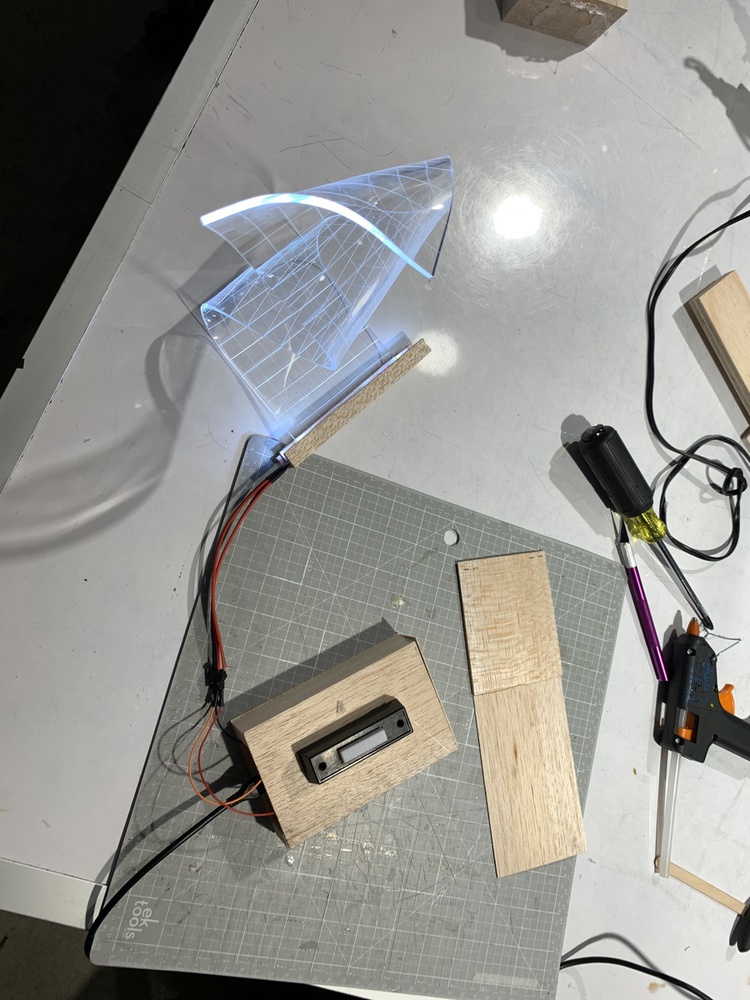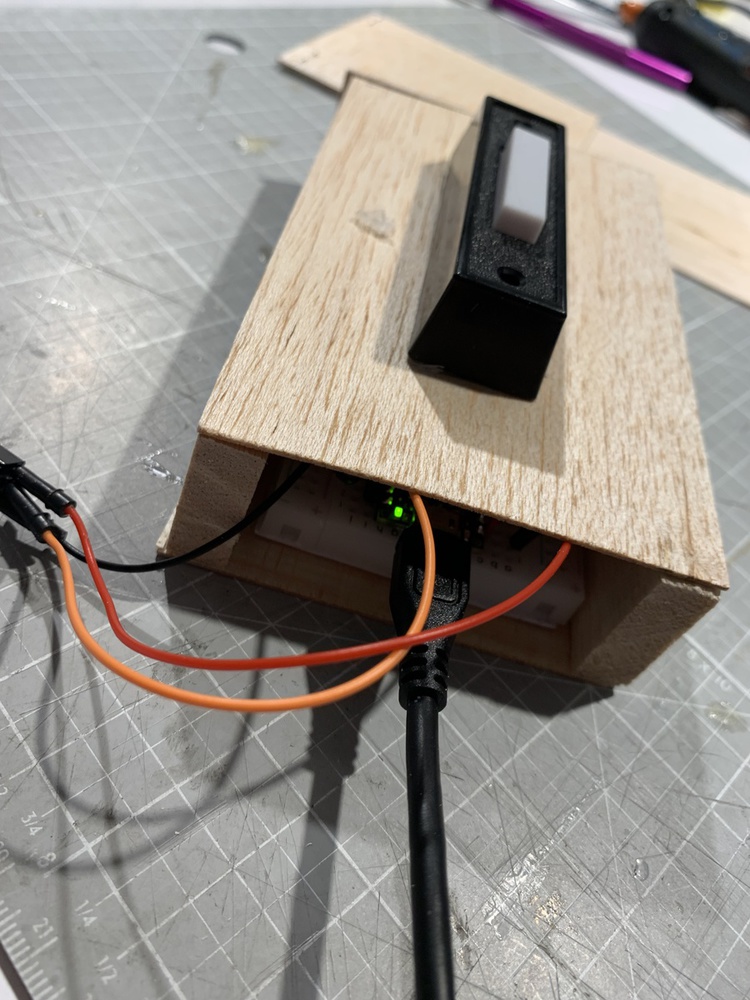Intention
Doorbells are something that is slowly fading out of our lives. Millennials and Gen Z rather send a text “here” instead of ringing the doorbell. This leaves doorbells for just delivery purposes and visiting strangers. So when I thought about my project, my first instinct was how can we bring doorbells back to life. What if they also feel lonely when no one is giving them attention yet they still need to work so that they don’t get thrown out? For this project, I wanted to add a sense of emotion to doorbells. Since my input is temperature and my output is an LED strip, I created a doorbell that communicates with a lamp with an LED strip to reflect the weather. However, if you don’t give it its desired amount of attention, it will give inaccurate temperature readings (stop working properly). Thus, the other goal of the project is to remind us to pause and appreciate the things we take for granted.

